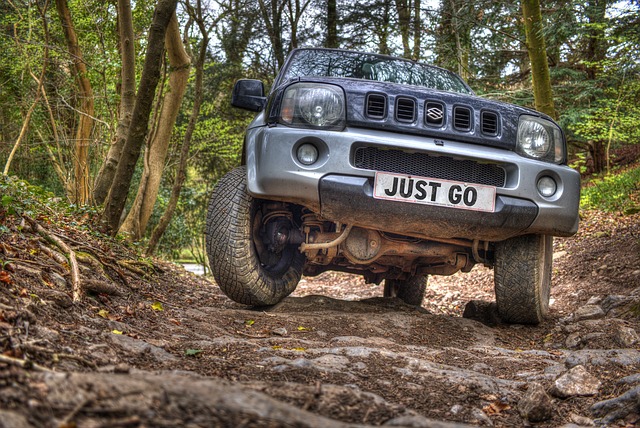New Terrain: The Art Of Becoming A Good Off-Road Driver

When we are first thrown into the act of buying a car, we are wet behind the ears, and we may only look for something that only gets us to work in one piece. The more we embrace our petrolhead leanings, the more power we need from our vehicle. And from there, the desire to make our modest car do things it’s not capable of doing begins to loom large in our mind. We think about how far we can push it to its furthest capabilities, but if we’re looking for that real sense of adventure in a vehicle, we’ve got to go off-road. But becoming an off-road driver isn’t just about taking your sturdy pair of wheels off the beaten track, it’s about a few more things than that…
The Right Vehicle
While the average truck with 7.3 powerstroke performance is certainly sturdy enough to withstand anything you throw at it, you need a decent set of wheels to go with it! This is why most go for a four-wheel drive, but four-wheel drive is one of those misnomers. The truth of it is that the power associated with the four-wheel drive capability is actually split between the front and the rear differentials, which becomes tricky when you’re stuck in the mud. Four-wheel drive only powers two wheels at any one time, so if you want to get that additional power, you need to fit the vehicle with front and rear locking differentials.
Low And Slow
The act of driving off-road is all about these two components working together in tandem. When you drive too fast, you are working your car too hot, and so, low gears works best when climbing over things. Low gear helps you when making steep descents, which will stop your brakes from overheating!
The Tires
You need the tires to be inflated to a much lower pressure than normal. Take the analogy of a basketball, when it’s low on air, it doesn’t bounce very well, but putting more air in it, and it’s worthy of Magic Johnson himself! When going off-road, ensure that the tires are very low in pressure, because they can absorb more impact. Ideally, you need to run the tires at approximately 75% of the recommended pressure when driving on normal roads.
The “Battle Scars”
Some drivers see their off-road exploits as only worthwhile when they get into a few bumps and scrapes this is not necessary. While it’s going to happen when you head off-road, if you find yourself completely uncomfortable, don’t head into uncharted territory. Sure, battle scars look cool, and they may appear to be the hallmark of an off-road vehicle, but really, it’s the hallmark of someone who’s not particularly adept behind the wheel! Learn bit by bit, and don’t worry about losing face if you want to turn around.
Becoming a good off-road driver isn’t just about the mechanics, it’s about common sense. Granted, the more you do it, the more you become acclimatized to the terrain, but every road is different, especially when there isn’t one!
